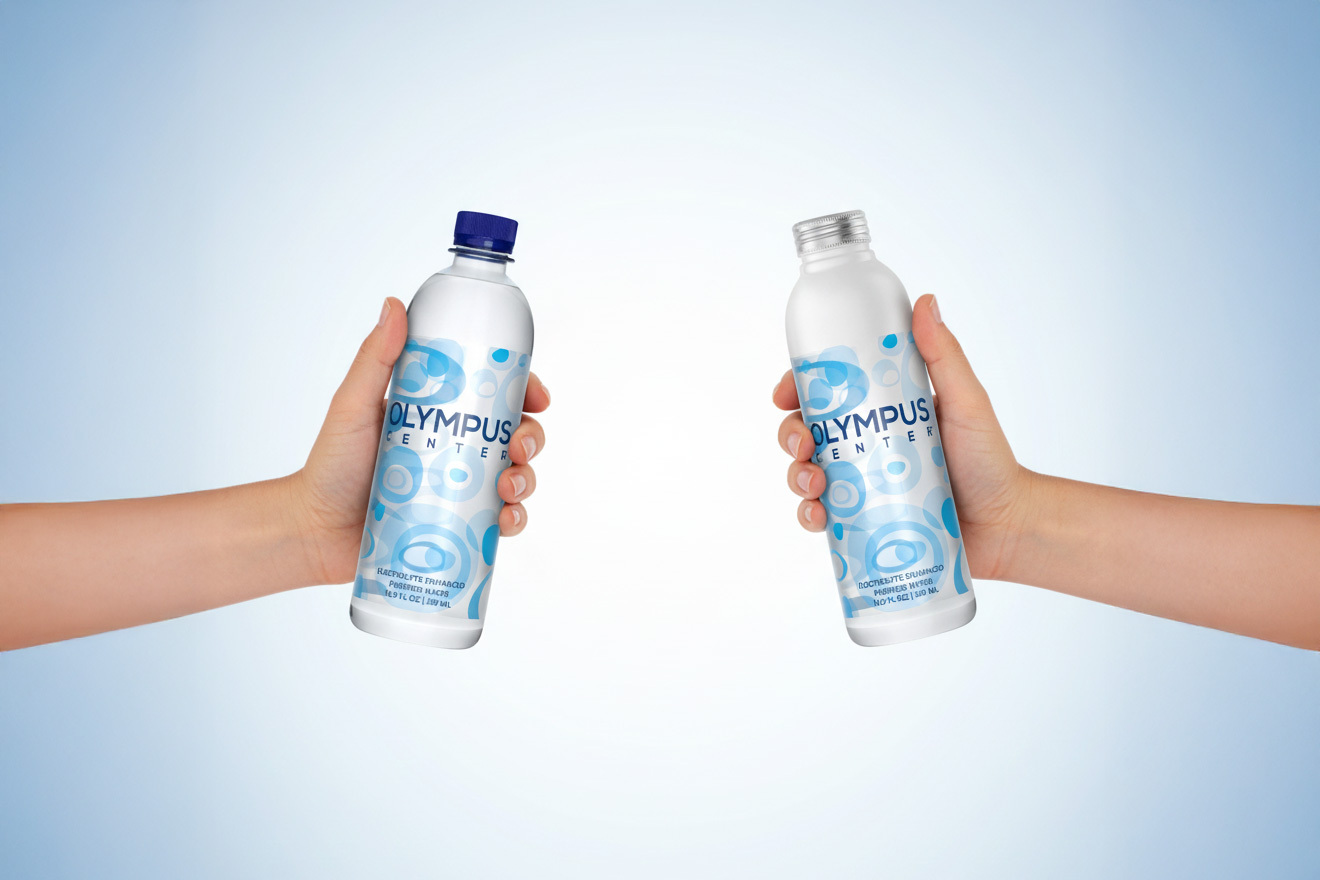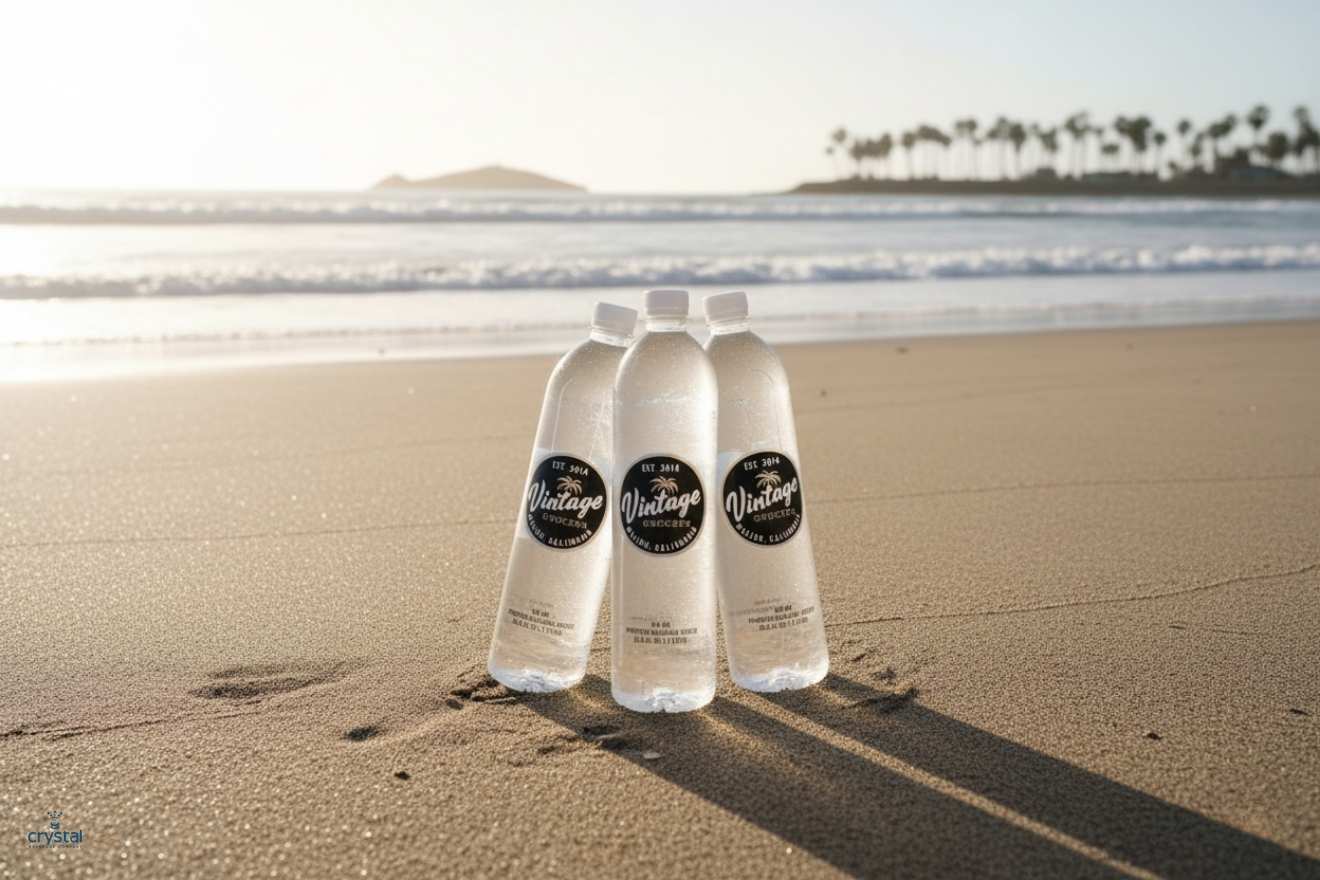How to Test If Your Drinking Water Is Safe to Drink


Having access to clean and safe drinking water is a given for almost every household in America. But in most cases, it still pays to be extremely critical and cautious of every water source in your home — especially the kitchen tap water.
In this article, we’ll show you 7 quick and easy ways on how to test if water is safe to drink — including several tips to watch out for when determining your water source’s quality.
HOW TO CHECK FOR YOUR DRINKING WATER’S SAFETY: 7 EASY AND QUICK WAYS

1. CHECK WATER FOR ANY SIGNS OF CLOUDINESS
Clean water should always be crystal clear and transparent. If you happen to notice the slightest shade of cloudiness in the liquid, make sure to do a double take. Most of the time, turbid or cloudy water is a definite sign that the liquid is contaminated with harmful chemicals, pathogens and bacteria that are hazardous to your health.
2. WASH WITH SOAP AND WATER AND CHECK FOR A SLIMY TEXTURE
Another way to check if your water is safe to drink is to test it by washing your hands with soap. This is a method that can tell you whether your tap is “hard water” or generally safe for consumption. If your hands feel slimy after the test, then there’s a good chance you’re dealing with the former. While hard water isn’t always contaminated, it’s still an indicator that certain metal elements such as aluminum, manganese and lead are possibly present in the liquid.
3. CHECK FOR THE WATER’S COLOR
Water that contains any color other than white always deserves your attention and scrutiny. For example, yellow water could mean that chromium-6, a cancer-causing chemical, is present in the substance. It could also be a sign that there’s a build-up of iron, manganese, copper, or lead in the liquid. Orange or brown water, on the other hand, can signal the presence of rust, a harmful element that can breed bacteria and pose serious health threats.
4. CHECK FOR ANY UNUSUAL OR STRONG SMELL
Aside from checking your drinking water’s color and source, you should also be on the lookout for any foul or unusual odor. For example, a strong bleach odor emanating from the water could be a sign of excess chlorine in your local system.
Water that smells like rotten eggs or a smelly sewage often signals the presence of hydrogen sulfide, a colorless gas that can naturally occur in groundwater. When it comes to fishy-smelling water, on the other hand, this is often due to an excess of barium, a naturally-occurring chemical that can seep into a water supply through drilling or manufacturing.
All of these contaminants and chemicals can pose their own set of health risks and illnesses when ingested. That’s why it’s important to always check for any odor in your home’s water.
5. CHECK WITH YOUR WATER COMPANY
Another way to check for clean water is to go straight to the source: your local water company. Each year, water companies are required by the United State Environmental Protection Agency or EPA to give their customers a consumer confidence report. This annual quality report provides you with valuable information such as contaminants that may be present in your water system and the health risks they pose.
6. USE THE EPA’S DRINKING WATER WATCH PROGRAM
EPA’s Drinking Water Watch Program gives you complete access to a searchable database filled with detailed information about water quality violations and contaminants, reported health hazards and even actions taken by the state to improve water quality and safety.
7. PERFORM DIY WATER TESTING
If you’re still on the fence about your drinking water, you can go ahead and have it tested yourself. EPA has an available Safe Drinking Water Hotline that can connect you with a local water testing agency. You can even visit the Water Quality Association to find more information on approved testing companies in your area and state.
CLEAN AND HEALTHY WATER FOR YOU AND YOUR FAMILY
Pulling out all the stops to ensure the health and safety of your family starts at home. This includes knowing all the facts when it comes to clean water and paying extra attention to the quality of your household’s tap water supply.






